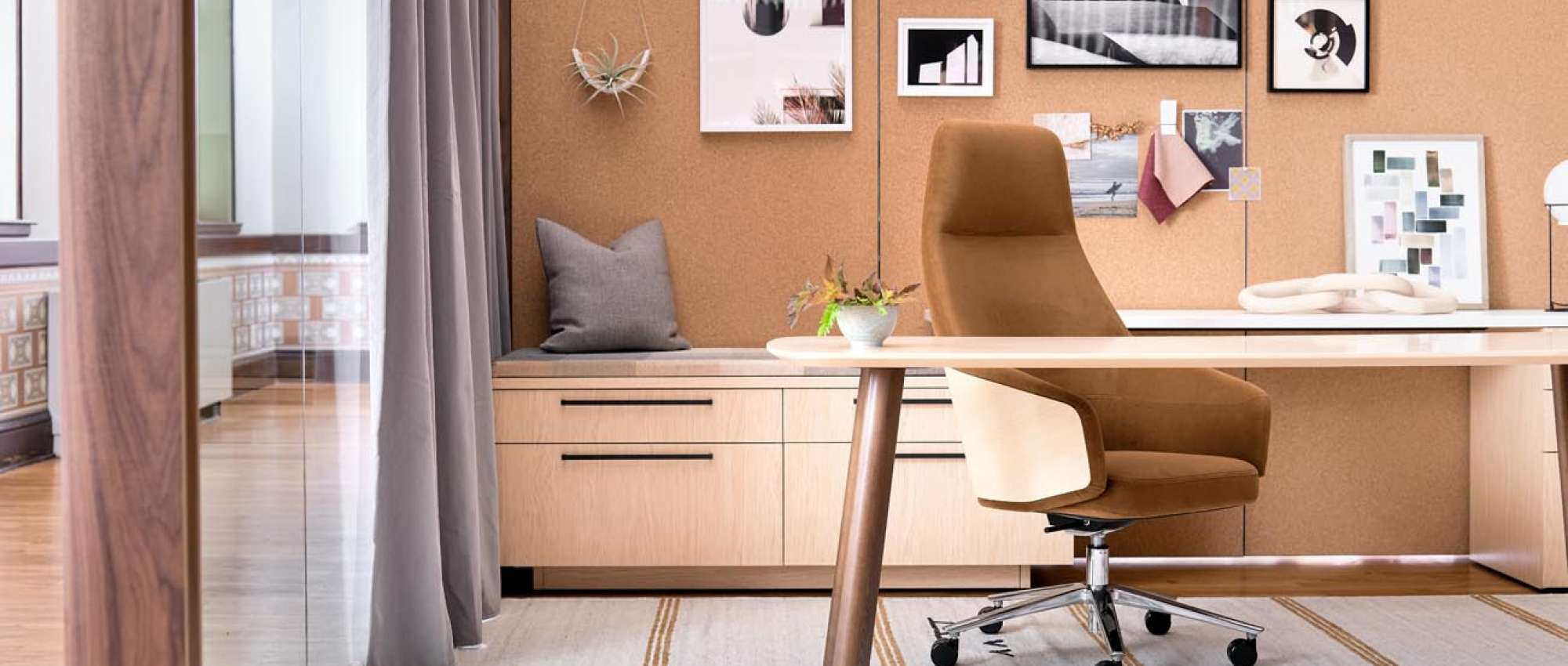Get comfortable with change
Change is coming from every direction. Technology advancements and automation are revolutionizing the nature of work and re-setting the rules about where people work and how they connect. Demographics of the workforce are shifting, as more Baby Boomers exit and Millennials become a growing influence. The gig economy has given rise to the liquid workforce and other new models for work, redefining employment itself.
Forward-looking organizations are trying to get nimbler, increasingly turning to on-demand workers to fulfill specific needs. Designing entrepreneurial and flexible cultures that empower employees with more autonomy and more choice has increasingly become a priority to attracting and retaining the right talent.
While Millennials may be prepared for this new way of working, older generations are often navigating foreign terrain. Leaders need to use every tool in their arsenal to get people comfortable with constant evolution.
The design of the workplace can help ease the pain of change for people. Choice and mobility are critical elements that give employees a greater sense of control. Meeting the diverse needs of employees requires a healthy mix of different work environments: private or quiet work spaces for focusing, a variety of different sized conference and huddle rooms, open areas conducive to meetings-on-the-fly and places to unwind, especially out-of-doors.
Personalization can be equally powerful in helping employees to feel more physically comfortable at work—and that can have a major impact on productivity. Height-adjustable desks, access to daylight and views, plants and greenery can make it easy for employees to get their personal space “just right” and create a more positive experience at work.
Strike a balance between machines and humans
As automation and technology become more entrenched in the workplace every day, it’s crucial for the workforce model and the physical environment to stay rooted around the human factor. Creating an office that reflects a warm, collaborative and innovative culture will influence recruitment and retention efforts. Both the location and physical setting speak volumes about how organizations value employees. The right space can reflect the connection between employees to your company’s mission and the value proposition of the broader organization.
Every industry is in the midst of being digitized, arming organizations with more powerful data and analytics that can lead t innovative new developments. In fact, Accenture research reveals 80 percent of executives plan to invest extensively in technologies related to artificial intelligence (AI) over the next three years. Tech-savvy Millennials may be open to embracing this highly digitized future, but how will organizations get the rest of their workforce up to speed? In addition to the right kind of training, it’s critical to consider how the physical space can help create connections to aid learning.
Provide the right spaces for employees to think big
The need for continual innovation is driving structural changes in how workplaces are designed. “Work has become much more collaborative, but also much more interdisciplinary, with people from different backgrounds and fields working together to solve complex challenges. Given this paradigm shift, technology is playing an increasingly critical role in crossing the physical and virtual boundaries,” said panelist Farnam Jahanian, interim president of Carnegie Mellon University. He noted that the university has reduced the number of lecture halls and increased collaboration spaces, in response to the new way younger generations are learning and working.
Collaboration spaces are becoming more commonplace inside organizations as well. Innovation is no longer isolated within the confines of research and development; every part of the organization has a commitment to innovate to keep organizations ahead of the competition. Technology can help fuse connections between different divisions, but the design of the office plays an equally important role in fostering collaboration. Cafes and coffee bars where employees from every department can intermingle are breeding grounds for fresh ideas. Some companies are adding third-party co-working spaces to their workplace options, giving employees another option when seeking inspiration or a change of space.
Eliminate hierarchical office design to build trust
Giving employees more autonomy is one way to build trust and boost innovation, providing room to take risks that can open doors to creativity. Hierarchy, on the other hand, can be a significant roadblock, hampering connections between leadership and lower level employees. Social media and other technologies have changed the dynamics within companies—employees expect leaders to be accessible and to communicate openly. The old days of putting the C-suite on a different floor behind locked doors are largely behind us. Office design must consider ways to make leadership more visible, whether it’s creating a visible leadership community via open collaboration settings with glass doors, eliminating hierarchical floor plans or empowering employees with technology to have their voice heard.
Taking hierarchy out of the office dynamic helps to build bridges across generational and social groups within an organization, too. Building relationships between older and younger employees in particular helps create a stronger culture of trust. Make a point of teaming different generations together to help everyone realize the positive impact they can have collectively, instead of pitting different generations against each other. Beyond offices that encourage organic mingling in shared spaces, organizations also bring generations, geographies and disparate functions together using a focus on shared values, culture and commitment to a common community or cause. This sharing of a common inspiration and goal can help organizations rally their people together, delivering benefit not just to their own workplace, but to the larger community, as well.
Evolve, or fade away
Constant evolution is a new organizational mandate that must flow directly into workplace strategies and design. As the world becomes more tech-oriented, creating a human-centered workplace will become all the more critical. With the right focus, the workplace itself can achieve its full potential as a stabilizing and mobilizing force for an organization’s most important asset: its people.

